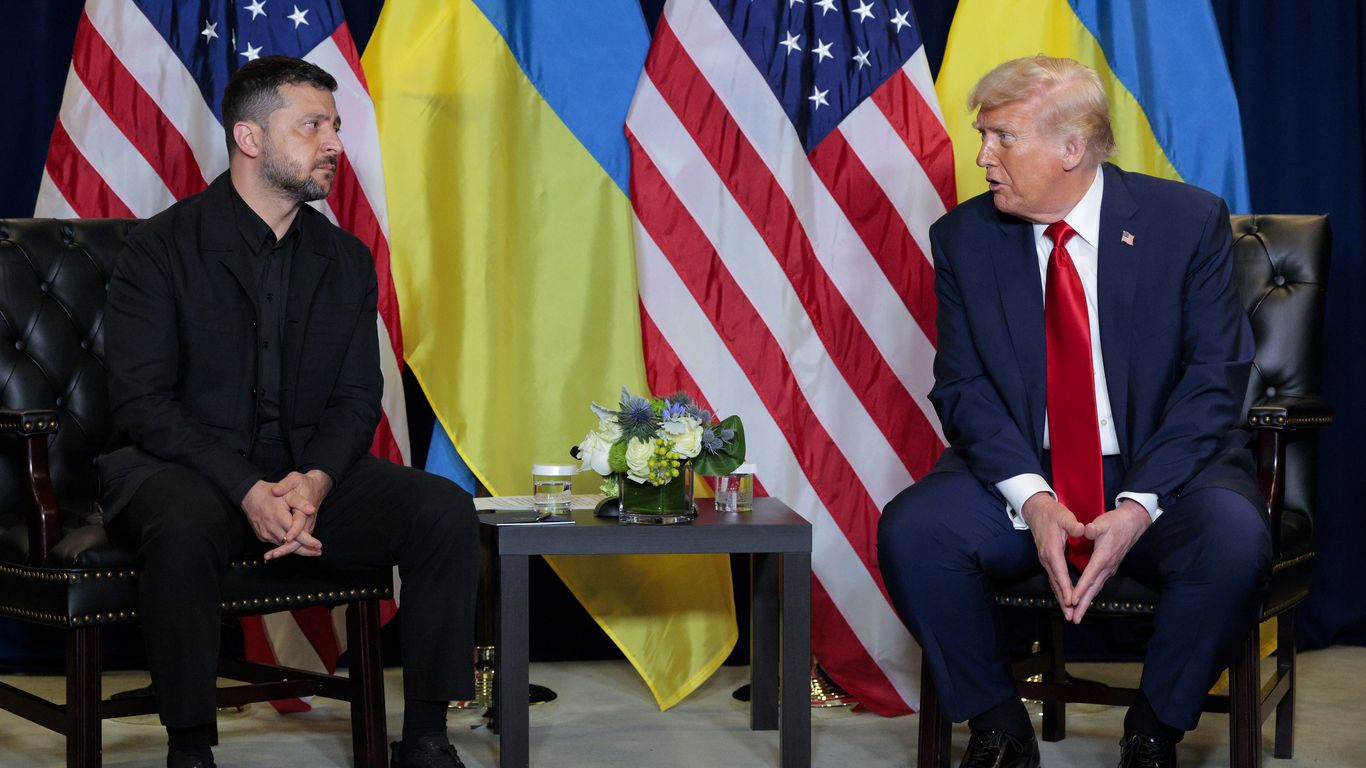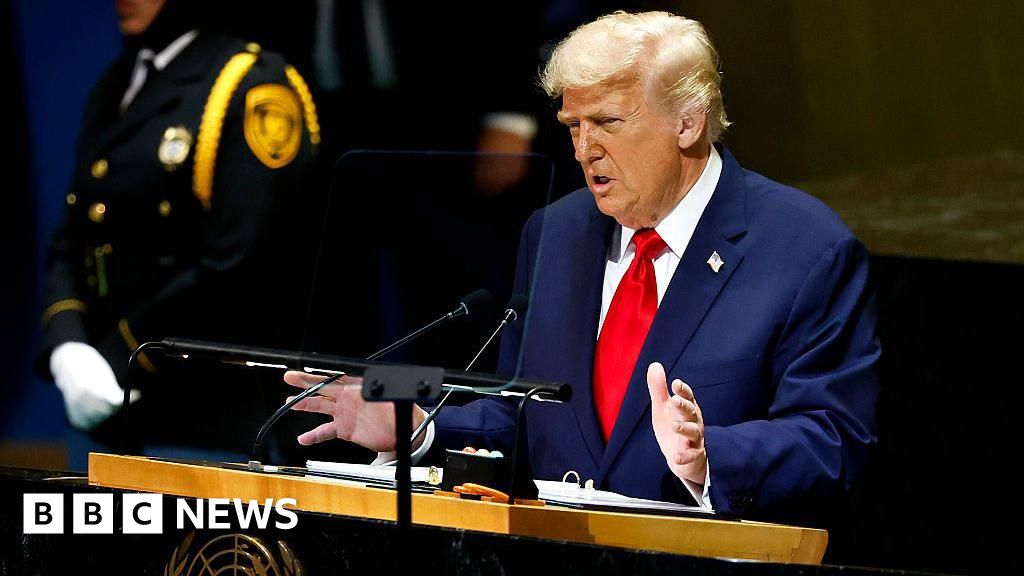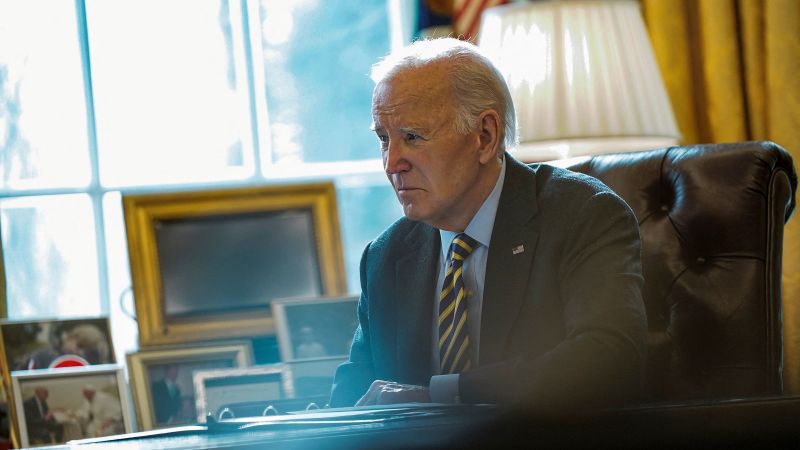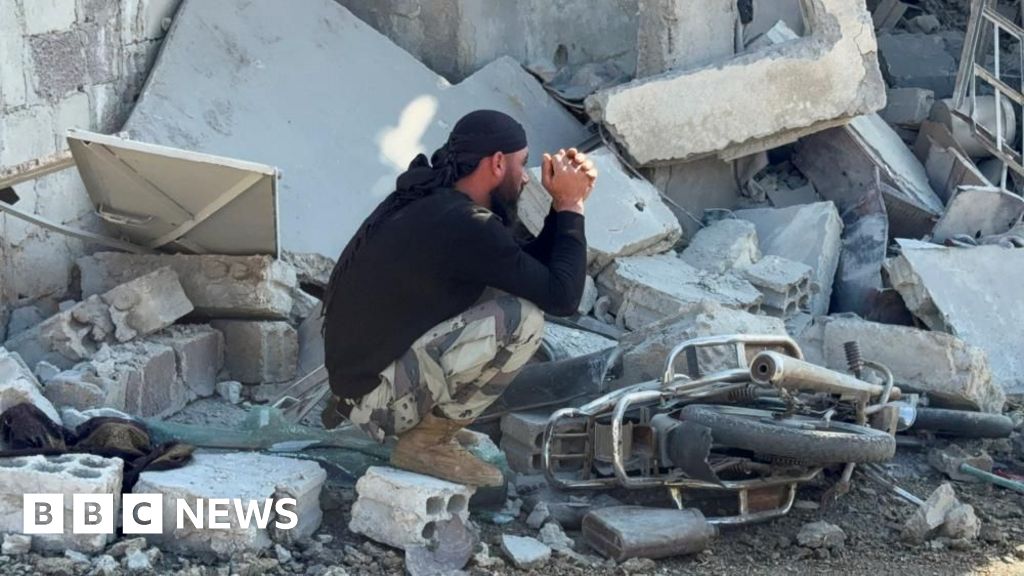Italy's Delicate Balancing Act in Gaza Conflict

Introduction
The ongoing conflict in Gaza has not only caused upheaval in the Middle East, but it is also making its mark on European politics. Italian Prime Minister Giorgia Meloni, known for her support of Israel, is now facing a delicate situation as the Italian navy has been sent on an unexpected mission to assist a Gaza aid flotilla. This move has put Meloni in a difficult position, as it goes against her pro-Israel stance.
Navigating Uncomfortable Positions
Meloni's inclination towards Israel has been well-known, and her support has caused tension within her own government and with other European leaders. However, with the Italian navy now involved in aiding a Gaza flotilla, she is being forced to navigate an uncomfortable position. This situation highlights the challenges of balancing political alliances and humanitarian aid, as well as the complexities of the ongoing conflict in Gaza.
A Delicate Balancing Act
The Italian navy's involvement in the Gaza aid flotilla has raised questions about the country's foreign policy and its stance on the conflict. This move has also sparked debate within the Italian government and has the potential to impact relationships with other European nations. As Meloni continues to navigate this delicate balancing act, it remains to be seen how this will affect Italy's political landscape and its international relations in the future.
About the Organizations Mentioned
Italian Navy
## Italian Navy: Organization, History, and Modern Capabilities The Italian Navy, known as Marina Militare, is one of the four branches of the Italian Armed Forces and has played a pivotal role in Mediterranean security and international military cooperation since its establishment in 1946[2]. As a blue-water navy, it operates globally, projecting power, securing sea lanes, and contributing to NATO and EU missions[4]. ## What the Organization Does The Italian Navy’s core missions include defending national and allied interests, ensuring maritime security, conducting search and rescue, and supporting humanitarian operations. Its fleet is diverse, featuring aircraft carriers (Cavour and Giuseppe Garibaldi), advanced submarines (Todaro-class and Sauro-class), destroyers, frigates (Horizon-class and FREMM), amphibious assault ships (San Giorgio-class and the new Trieste), and specialized vessels for mine countermeasures[1][4]. The Navy also operates the San Marco Marine Brigade, an elite amphibious force, and maintains significant logistical and technical support capabilities[3]. ## History and Key Achievements The modern Italian Navy was forged in the post-World War II era, inheriting traditions from the Regia Marina. Over the decades, it has participated in numerous international missions, including anti-piracy operations, NATO exercises, and humanitarian interventions. A major organizational restructuring began in 2012, aimed at streamlining operations and reducing personnel by 21% by 2025[2]. The Navy has consistently invested in modernization, introducing cutting-edge platforms such as the Trieste landing helicopter dock and next-generation submarines (Type 212 NFS)[1][5]. ## Current Status and Notable Aspects Today, the Italian Navy is recognized for its technological sophistication and interoperability with allied forces. Recent exercises like Mare Aperto 25 have demonstrated its ability to integrate advanced unmanned systems, conduct joint operations with NATO partners, and project force in high-intensity scenarios[














